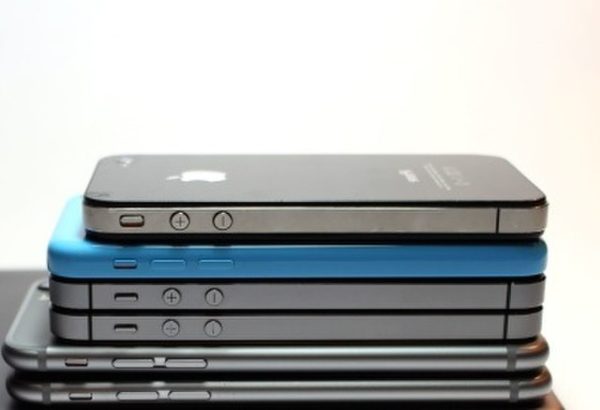Is ‘Big Mouth’ a new medium of sexual education for kids today? Or just another cringey cartoon?
We all know and love the hilarious, graphic and fun show called Big Mouth, but how much are we getting from it? The show is about middle schoolers going through puberty and learning about sex and sexual terms. They go into depth about sexual health in a funny and, for some, problematic way.
I love the show and think it’s hilarious, but it isn’t a show to learn about sexual education from, especially if you’re on the younger side. It goes through sexuality, puts an emphasis on puberty and basically describes all things about sex. The reason it really is more for entertainment than teaching is because the depiction and language in the show isn’t the best for kids just starting to learn about sex. It’s more of a comedy for the people who have already been in this situation and want a laugh to reminisce about the things they went through during their own pubescence.
Recently season three was released, and with it the show already has things people are questioning now more than ever, specifically regarding an episode titled “Rankings.” When first watching the episode, it’s obvious that it would receive hate for depicting boys ranking the girls in their class based on their looks and other things, but in the end it proved that this ranking system will just end in disappointment and agony from all of the students.
In this episode a new side character was presented who transferred from another school. When she introduces herself to the class, she immediately comes out and says that she is pansexual. The other students don’t really know what pansexuality is, so she explains it to them. While explaining, the students get more and more confused with the definition of pansexuality and mistake it for bisexuality. Side character Ali Wong says that panseuxality is when somebody is attracted to another person regardless of their gender or orientation, so it really doesn’t matter to them what the person may identify as. And she goes on to say that bisexuality is simply being attracted to both males and females.
People in the LGBTQ+ community found that the definition this character articulates doesn’t really define it as best as it could, and say that pansexuality is basically when somebody is attracted to another person putting past their gender. The definition in the show was that it means liking boys and girls and everything in between.
In this generation this would have to be explained more because of course pansexuality is not something that’s very common. I myself don’t know many pansexual people, and when I met someone who identified this way we had a whole conversation because I didn’t really know about it. This is the part of the show that needs to be more informative than it is comedic. In the end, I thought the definition that the show provided messed up in saying “everything in between” instead of really making a consciously specific definition. As I said before, the show isn’t that reliable for giving out information like this because it’s more for entertainment and comedy than it is for truly learning about sexual orientation or identification, which as we know is a very serious subject matter.
Editor’s note: This story originally was published in Volume 106, Issue 3 of The Guilfordian on Oct. 18, 2019.





